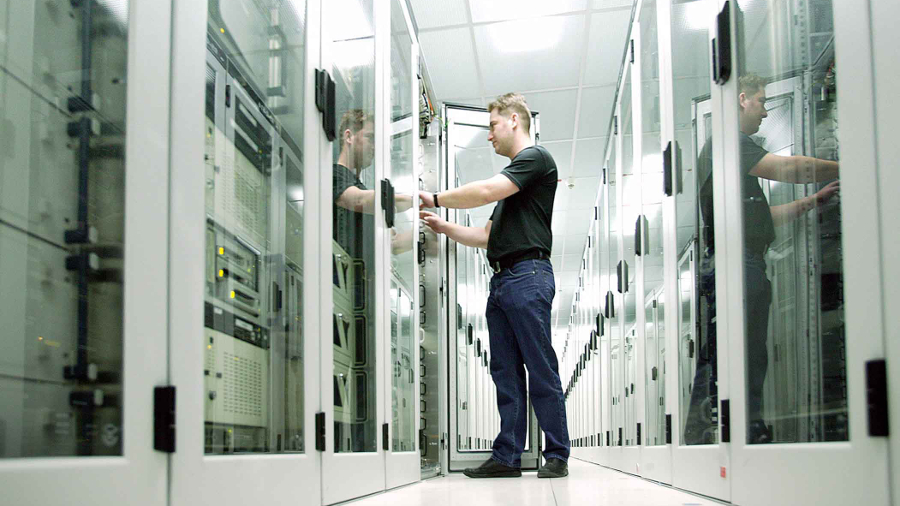Why location, location, location, also holds true for data centres
The regional data centre model just works

The data centre industry is one that in many ways has not traditionally classed location as a key factor. As long as you have a plot of land that is accessible for staff, affordable and unaffected by regular natural disasters, you can build a viable data centre business. It's on this principle that some of the world's largest infrastructure providers and users have built successful businesses.
However, for many customers location certainly is a factor, and often this is a need that goes unmet. But having a more regional approach to the data centre business can yield significant gains for vendors and users alike. By providing businesses with an easily accessible site, serviced by a local team, data centre companies can experience rapid growth if they provide a great service, building a reputation through referrals and a positive local profile.
Ease of access
One of the things I've found in the last 10 years is that when it comes to choosing a data centre, typically the buying habits of business decision makers are regional. People often look to be within one hour or one hour and thirty minutes' drive away from their data centre.
The reasons for this are very subjective. Some customers quite simply like to have the peace of mind of knowing where their infrastructure and sensitive company data is being housed, or that it is close by.
Lots of customers also want to visit the site they will be using as this gives them the chance to see the environment their infrastructure and data is kept in and meet the people responsible for keeping it secure. Outsourcing is a leap of faith and when it comes to IT, such a fundamental part of any business, it's understandable that people seek reassurance.
Picking the right spot
While it may seem an obvious point, for a regional business model to be successful you have to carefully select the regions you want to service. Given customers' desires for an accessible site, it is best to pick one with good transport links to surrounding areas to maximise your catchment area.
More specifically to the data centre and technology industry – it's important that you research the opportunity for providing your services. For example, some areas are served by more technology companies than others, which means the market may be saturated. However, other areas may be served by fewer competitors and have lower quality infrastructure and connectivity already in place. These are the areas where a new data centre in town can add real value.
Are you a pro? Subscribe to our newsletter
Sign up to the TechRadar Pro newsletter to get all the top news, opinion, features and guidance your business needs to succeed!
Supplying the right people
Customer service is crucial to the success of an IT company and as well as high-quality solutions, you have to provide the right people. The regional model lends itself favourably to successful recruitment in two ways.
Firstly, having identified a region with a demand for your services, it's likely that the local pool of talent is being underserviced as well. Using ourselves as an example, we mainly look for highly trained technical engineers or driven sales/commercial people with a flair for technology. If we're one of the only employers in this field in a local area, we're likely to be able to recruit and keep the most talented people far more easily.
Secondly, building a team of local people with knowledge of the region and its economy is positive for a number of reasons. You want people who can build relationships with local businesses as these are your potential customers. Some customers will appreciate the fact they can meet face-to-face with their account manager whenever they need to, and for others there's just something comforting about hearing a familiar accent when you call the support team.
Once you have the right people, it's essential that you keep them. One of the most powerful tools for maintaining a low staff turnover is your company culture. If employees feel valued, empowered and trusted by the management team, they are more likely to stay with you. Having a local team also makes it easier to encourage social events outside work hours to make your company a more fun place to work.
The customer is central
In summary, the regional model is designed to make the customer the centre of everything you do. Having closer proximity to your customers is about more than just peace of mind that their infrastructure is being housed down the road.
It's everything from making sure you are providing a local service that your customers need, to using the pool of local talent to deliver it. In doing so, you can establish stronger working relationships with your customers rather than being limited to a strictly traditional 'customer and supplier' style engagement.
- Andrew Gilbert is Managing Director at Node4
- Want to change your location with a VPN?